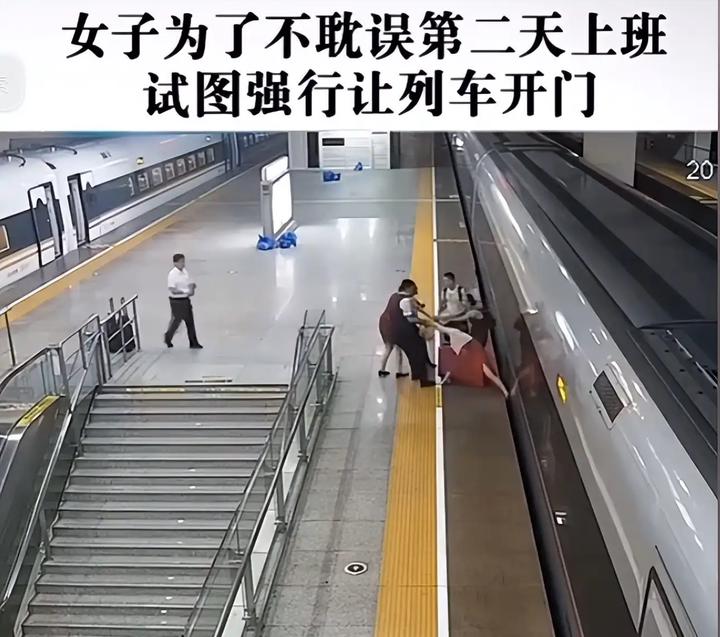High-Speed Rail Door Incident: Safety and Responsibility Analysis
On December 21, 2024, a passenger at Guangzhou South Railway Station in China was dragged by a high-speed train after getting caught in a closing door while attempting to switch cars, prompting discussions about safety protocols and responsibility.

The high-speed rail incident at Guangzhou South Railway Station has raised important questions about railway safety protocols and passenger behavior. The event occurred when a passenger holding a ticket for car 10 attempted to switch from car 8 to car 9 just as train G1175 was preparing to depart for Shantou.
The sequence of events reveals several critical factors that contributed to this incident. The train was a coupled unit consisting of two sets (CR400AF-S-2367+2370), with cars 8 and 9 located at the coupling section where passenger movement is restricted. When the passenger attempted to cross between cars during door closure, their hand became caught, resulting in them being dragged along the platform until station staff noticed and alerted the driver to stop.
From a technical perspective, high-speed trains employ sophisticated door safety mechanisms. The closing process involves multiple checks and balances:
- Station staff and train crew must confirm all passengers have boarded
- The conductor signals the driver to initiate door closure
- Safety sensors should detect obstructions
However, this incident exposed potential gaps in these safety protocols. The coupling section between cars 8 and 9 lacked continuous monitoring, and communication between station staff and train crew appeared insufficient in this critical area.
Safety experts note that modern high-speed trains typically feature:
- Door obstruction detection systems
- Emergency stop mechanisms
- Clear audio-visual warning signals
- Staff positioning at key points
The railway authority’s official response emphasized passenger responsibility, noting that forcing doors open violates safety regulations. Yet safety advocates argue that additional preventive measures could help avoid such incidents:
- Enhanced monitoring of coupling sections
- Improved communication systems between platform staff and train crew
- More visible warnings about restricted areas
- Better passenger education about safe boarding procedures
This incident has broader implications for China’s high-speed rail system, which serves millions of passengers daily. While maintaining efficient operations is crucial, the event highlights the need to balance speed and safety. Similar incidents at Guangzhou South Station in previous years suggest the need for systematic improvements rather than focusing solely on passenger behavior.
The railway sector could learn from international best practices. European and Japanese railways often employ additional safety features such as platform screen doors and enhanced monitoring systems at critical points. Some systems also implement “fail-safe” door mechanisms that automatically reopen upon detecting significant resistance.
Moving forward, this incident should prompt a comprehensive review of safety protocols, particularly in complex areas like coupling sections. While passenger compliance with safety rules remains essential, railway operators must continue enhancing their safety systems and procedures to prevent similar incidents.